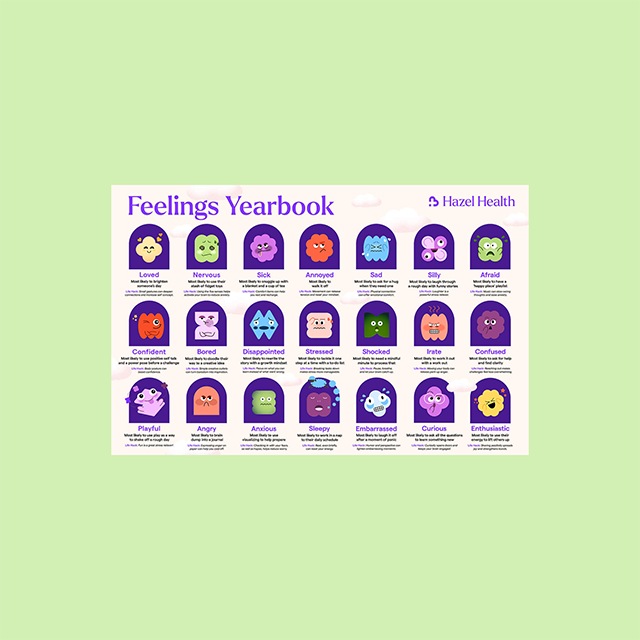Resources
Resource Center
Article
Helpful tips to ease the back-to-school transition
As students return to school, it's important to protect their physical and mental health, so they can learn at their best.
Join the Hazel mailing list
Oops! Something went wrong while submitting the form.

Create or sign in to my account
We’re giving every young person the care they need.
Create or sign in to my account
















.png)
























